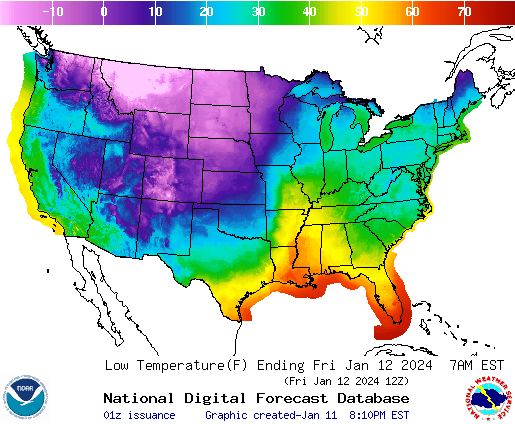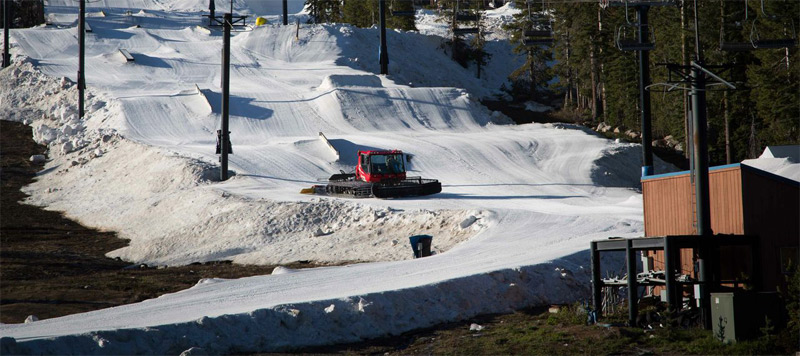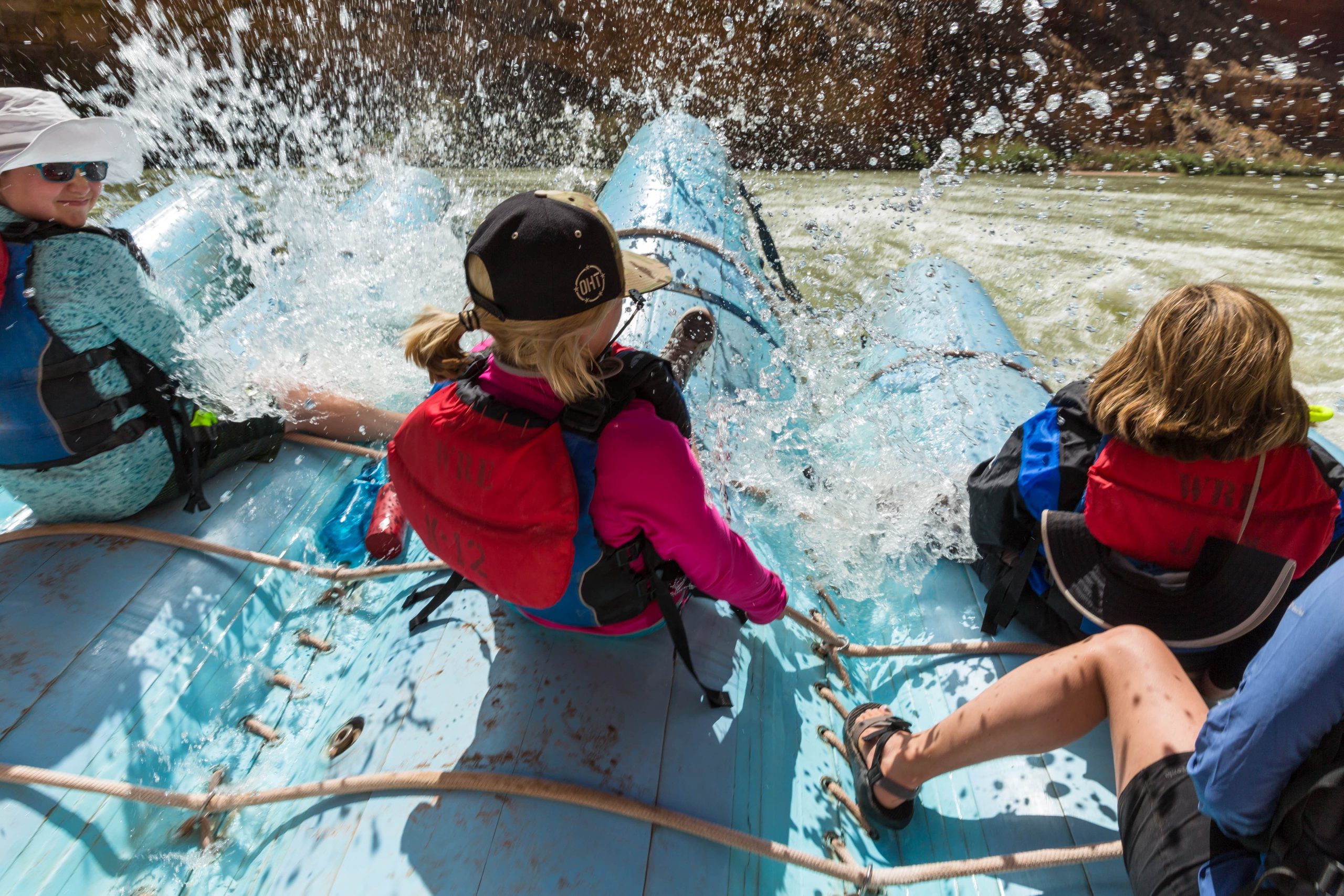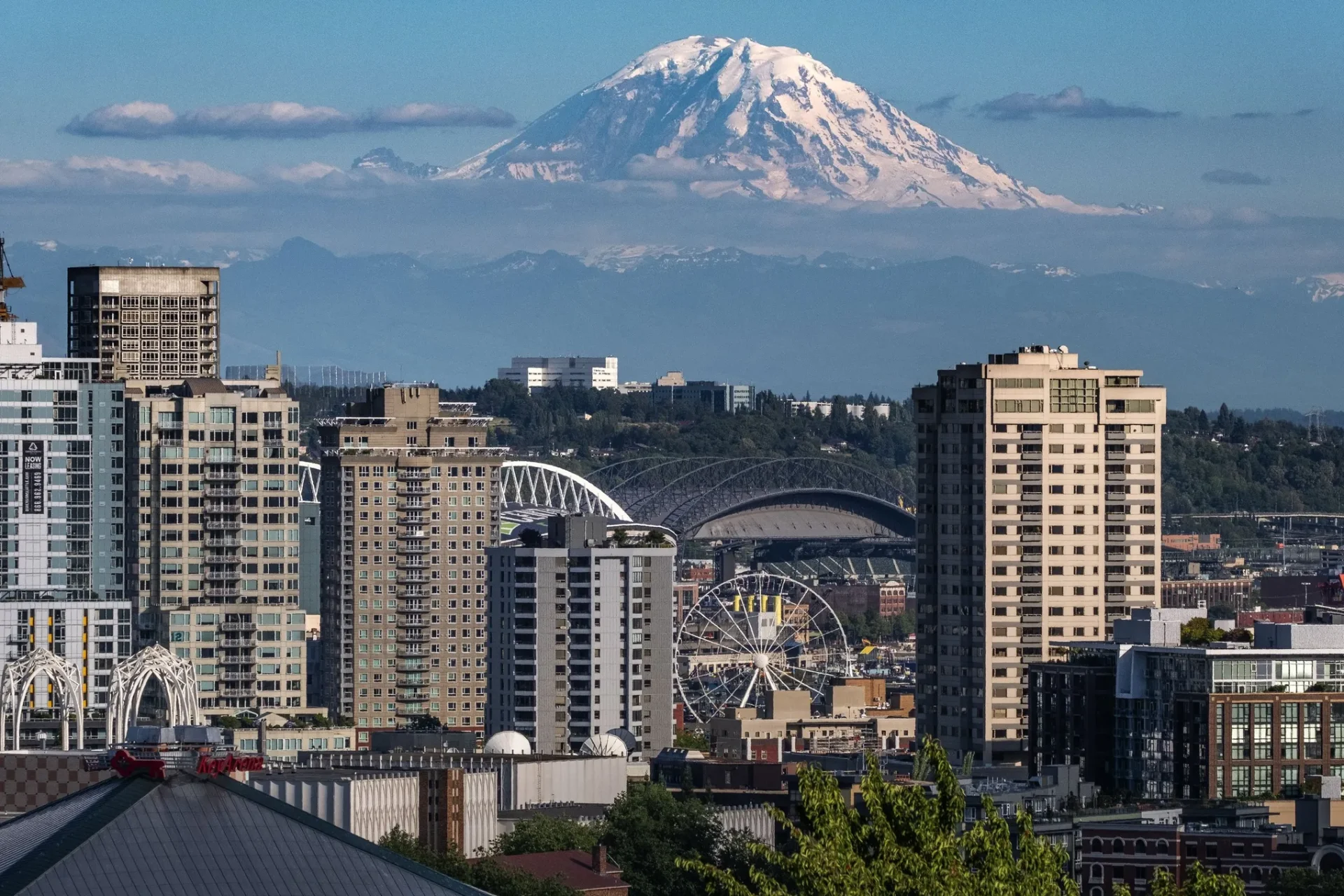
Any snow sports enthusiast looks forward to winter and getting back out on the mountain to hit some runs. Naturally, winter brings about colder temperatures, which is required for Mother Nature to provide us with all that fresh powder we all chase after. Almost every winter there is a stretch of extremely cold air that comes down from the Arctic and drives down temperatures to dangerous levels. According to the National Weather Service, an extremely cold weather system is forecasted to hit Canada and impact most of the United States starting this weekend. This weather system will bring snow across Canada and the U.S. over the next few days, and the bitter cold temperatures will continue throughout next week.
- Get in the Snow – SnowBrains Weekly Email Delivers Our Most Popular Articles, Social Posts, and Exclusive Deals to Your Inbox
Weather temperatures and wind chills will be so cold that some ski resorts have decided to shut down operations for the safety of the guests and staff members. Ski resorts have closed before due to extreme weather conditions for safety purposes or operational considerations in the past. Avalanche threats, extremely high winds, and sub-zero temperatures are all things ski resorts consider when deciding to stay open.
The National Weather Service made the following announcement on its website:
Fri Jan 12 2024 – 00Z Sun Jan 14 2024
…Strong winter storm system will bring heavy snow and blizzard conditions to the Midwest/Great Lakes as well as more heavy rain, coastal flooding, and severe weather for the Southeast/East Coast… …Dangerously cold Arctic Air spreads southward through the heart of the country heading into the weekend… …Moderate to heavy snowfall for the Pacific Northwest, Great Basin, and Northern Rockies, including snowfall for lower elevations…
This weather system is not only going to bring extremely cold temperatures but is also going to be a snow event as well. Some areas of the country are forecasted to receive over 12 inches of snow, while others may get less than six inches. Omaha, Chicago, Des Moines, and Milwaukee are all forecasted to have 6 to 12 inches of snow. The Cascade and Wasatch Mountains are expected to receive more than of foot of snow from this weather system.
- Related Article: Arctic Blast Brings Record Cold to Scandinavian Countries; Mother & Son Perish in Avalanche in Finland
The snow accumulations are not the major concern for ski resorts, but the extremely dangerous cold temperatures that will be associated with it. The National Weather Service stated regarding the dangerous temperatures with this storm:
Record low temperatures in the -20s, -30s, and even as low as -40 are forecast for the Northern Plains Saturday morning. The widespread, gusty winds will factor in here as well, leading to dangerously cold wind chills as low as -35 to -50 for parts of the Northern Plains and as low as -15 to -30 into the Central Plains. Wind chills of this nature can lead to frostbite on exposed skin within minutes. This frigid air will spread further south and eastward into the Midwest and deeper into the Southern Plains Sunday.
With wind chills dropping to -50 degrees, it is no surprise that ski resorts are taking no chances and taking every precaution to ensure the safety of the guests and staff. Here is a list of some of the ski resorts that have decided to close due to the extremely cold temperatures:
U.S. Resorts that have closed due to the extreme cold temperatures or high winds:
- Showdown Montana
- Great Divide
- Montana Snowbowl
- Whitefish Mountain Resort
- Powder Mountain
- Bridger Bowl
- Mt. Bachelor
Whitefish Mountain Resort in Montana closed on January 12 due to the cold, posting on its website:
“With temperatures still to fall considerably further, we have decided to close tomorrow (1/12/24) out of concern for our guests’ and staff’s safety. We are still evaluating what operations on Saturday may look like – please stay tuned to our social channels and website.”
Canadian Resorts that have closed due to the extreme cold temperatures or high winds:
- Winsport
- Nakiska
- Sunshine Village
- Shames Mountain
- Hudsons Bay Mountain
- Panorama Ski Resort
- Kicking Horse Mountain Resort
- Fernie Alpine Resort
Some resorts will remain open during the extremely cold temperatures but with limited operations. Whistler Blackcomb, Big White, Sun Peaks, and SilverStar Mountain Resort. Whistler Blackcomb wrote about the extreme cold by stating:
“An arctic outflow has arrived in Whistler and will continue to bring below seasonal temps (upwards of -30 on the mountain) and moderate to strong winds now through Saturday afternoon. After this, temps are expected to return to more seasonal norms. Given the cold temperature, please remember to dress appropriately, take warm-up breaks as needed, and drink hot beverages. Check yourself and your companions frequently for white patches on exposed skin throughout the day.”
The East Coast and, in particular, the Northeast, which has already been hit with major flooding and high winds this season, is expected to be affected as well. The National Weather Service said there is concern for severe weather, heavy rain, very gusty winds, and coastal flooding for the Mid-Atlantic and New England.
With these dangerous temperatures, it is always important to remember to take the necessary precautions to remain safe. According to the National Oceanic and Atmospheric Administration (NOAA), this is what a person should do to avoid getting frostbite:
To avoid frostbite, stay inside during severe cold, especially when the wind chill is -50°F or below. If you must go out, try to cover every part of your body: ears, nose, toes and fingers, etc. Mittens are better than gloves. Keep your skin dry. Stay out of the wind when possible. Drink plenty of fluids since hydration increases the blood’s volume, which helps prevent frostbite.
Along with these tips, it is advised to avoid caffeine, alcohol, and nicotine. Caffeine constricts blood vessels, preventing the warming of your extremities. Alcohol reduces shivering, a body mechanism that helps keep you warm. Nicotine shuts off the blood flow to your hands. Bundle up and stay warm out there this week—the storm is coming!




